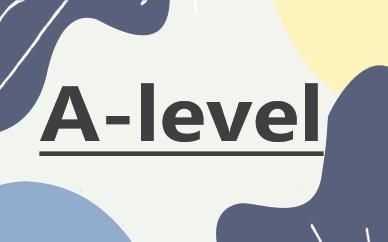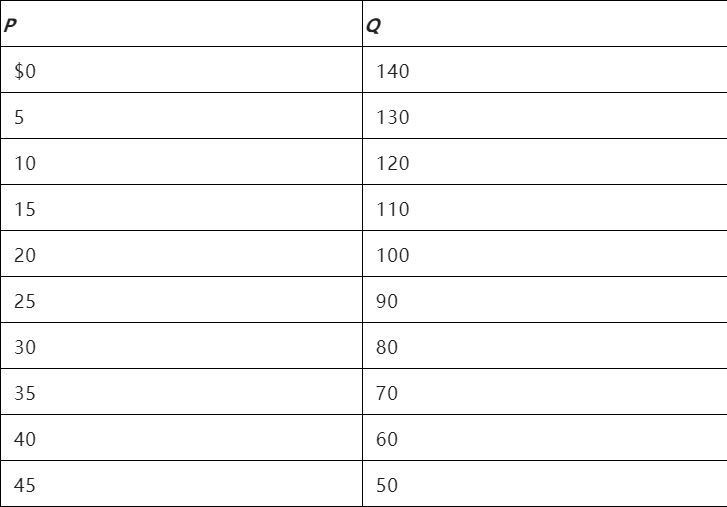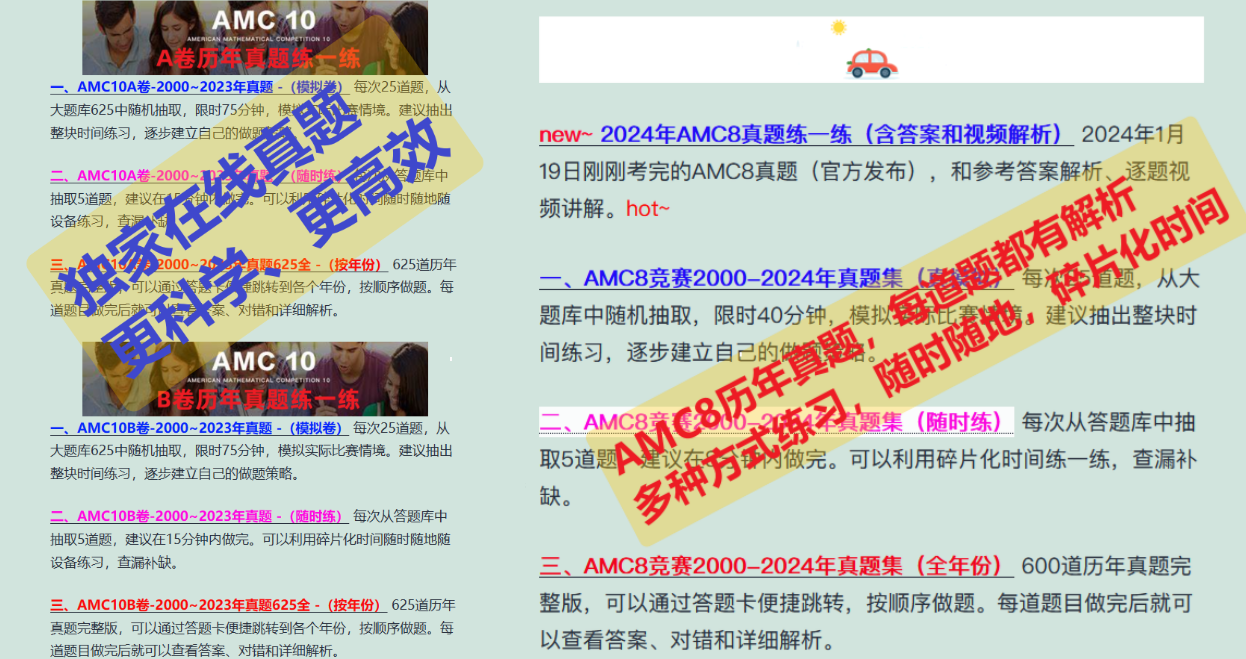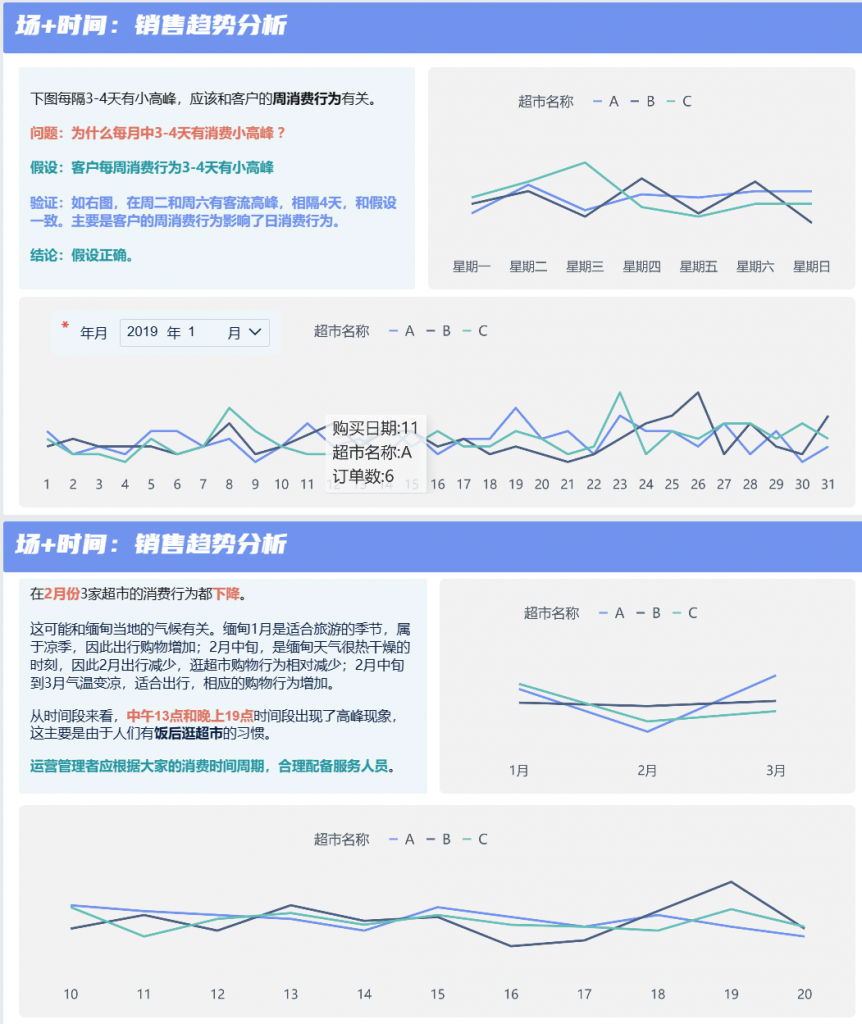本文主要是介绍A-Level经济真题每期一练,希望对大家解决编程问题提供一定的参考价值,需要的开发者们随着小编来一起学习吧!

今日知识点:Oligopoly Collusion vs. self-interest
例题
Question: Oligopoly Collusion vs. self-interest
Duopoly outcome with collusion:
Each firm agrees to produce Q = 30, earns profit = $900.
If T-Mobile reneges on the agreement and produces Q = 40, what happens to the market price? T-Mobile’s profits?
Is it in T-Mobile’s interest to renege on the agreement?
If both firms renege and produce Q = 40, determine each firm’s profits.

解析
If each firm produces Q = 40, then each firm’s profit = $800.
If T-Mobile increases output to Q = 50: Market quantity = 90, P = $25
T-Mobile’s profit = 50 x ($25 – 10) = $750
T-Mobile’s profits are higher at Q = 40 than at Q = 50.
The same is true for Verizon.
下面我们为大家准备了一道同类型的题目,请大家一起来试试解答。
Question: The “fare wars” game
The players: American Airlines and United Airlines
The choice: cut fares by 50% or leave fares alone
If both airlines cut fares,
each airline’s profit = $400 millionIf neither airline cuts fares,
each airline’s profit = $600 millionIf only one airline cuts its fares,
its profit = $800 million
the other airline’s profits = $200 million
Draw the payoff matrix, find the Nash equilibrium.
Correct Answer:

这篇关于A-Level经济真题每期一练的文章就介绍到这儿,希望我们推荐的文章对编程师们有所帮助!









